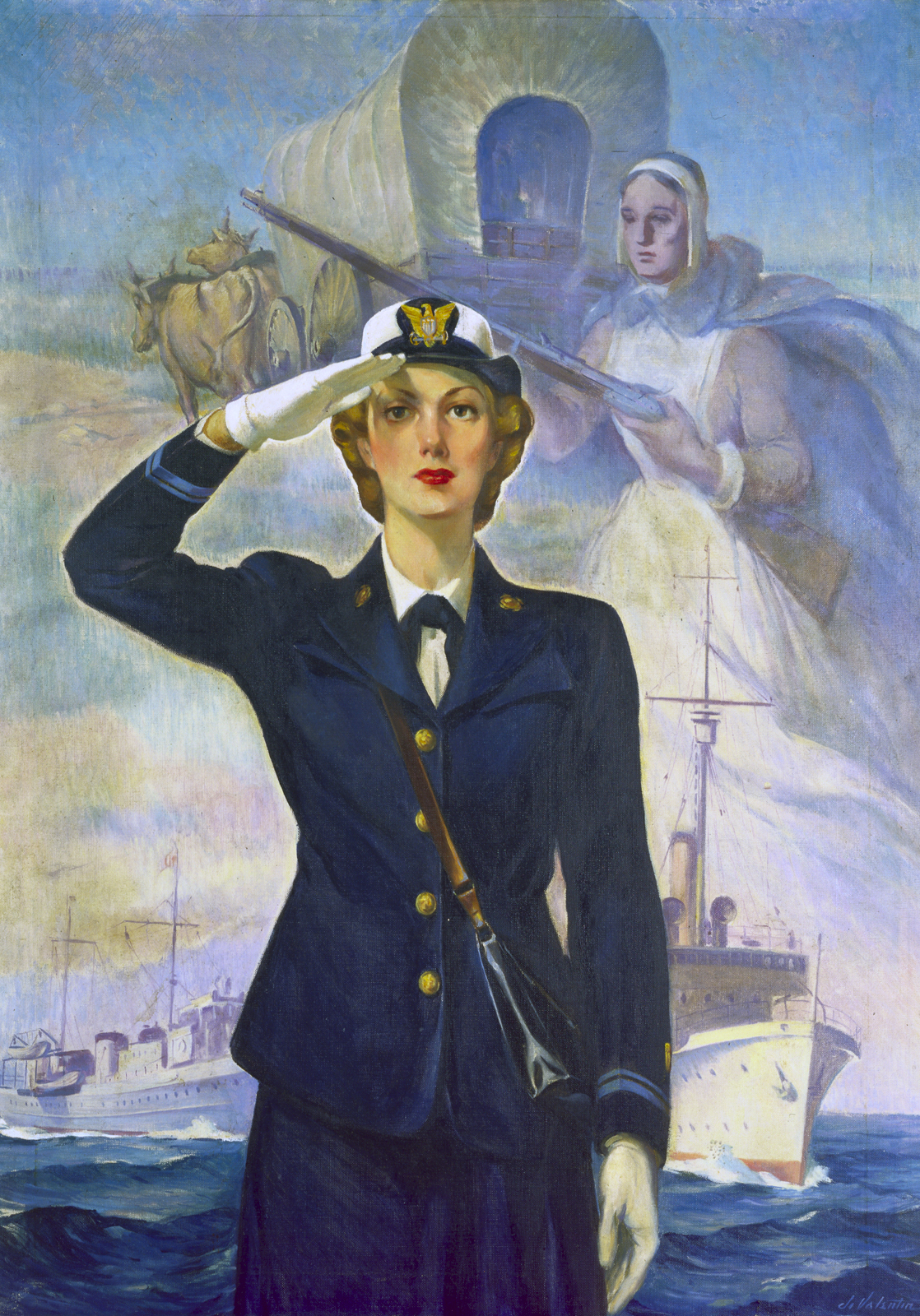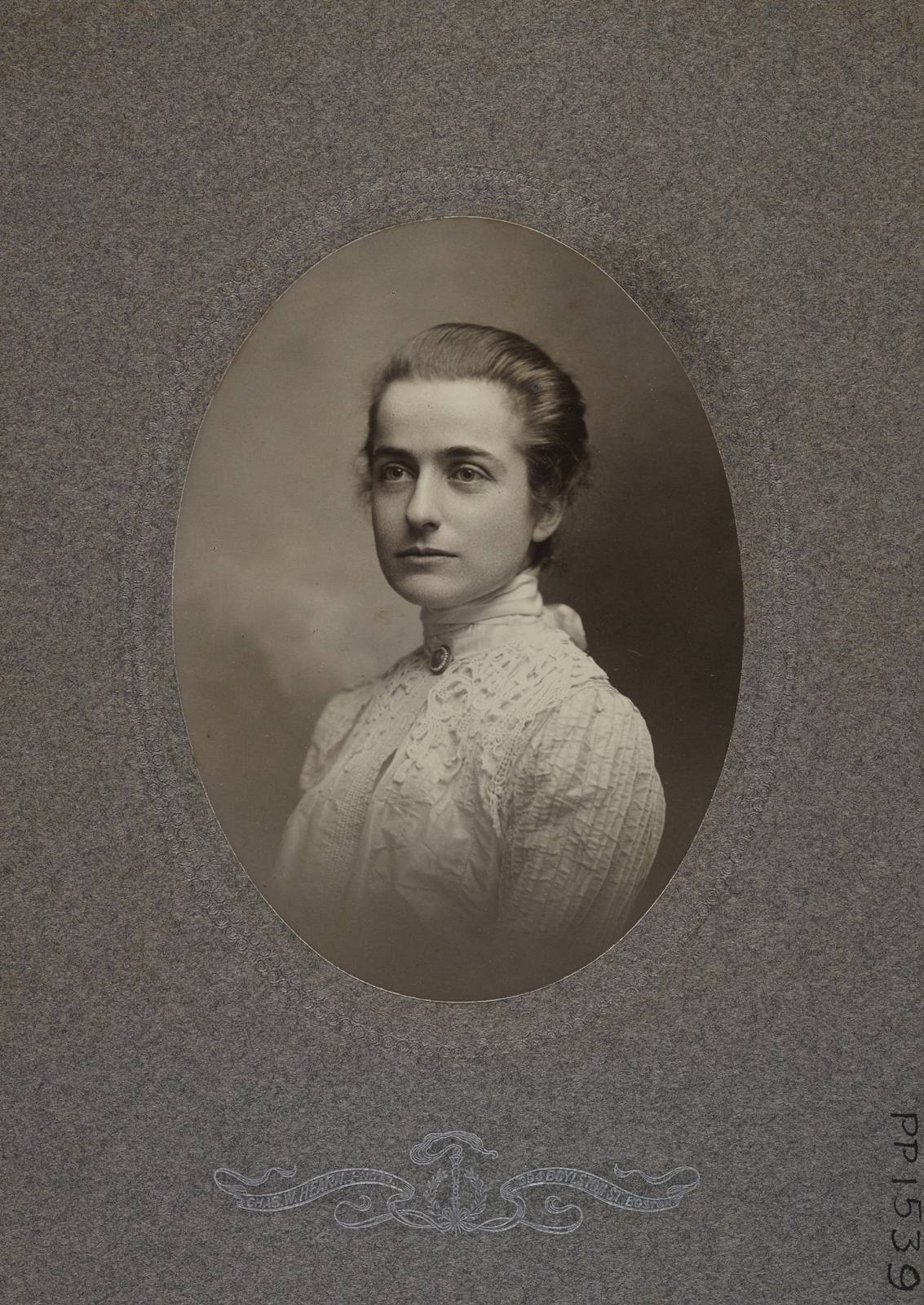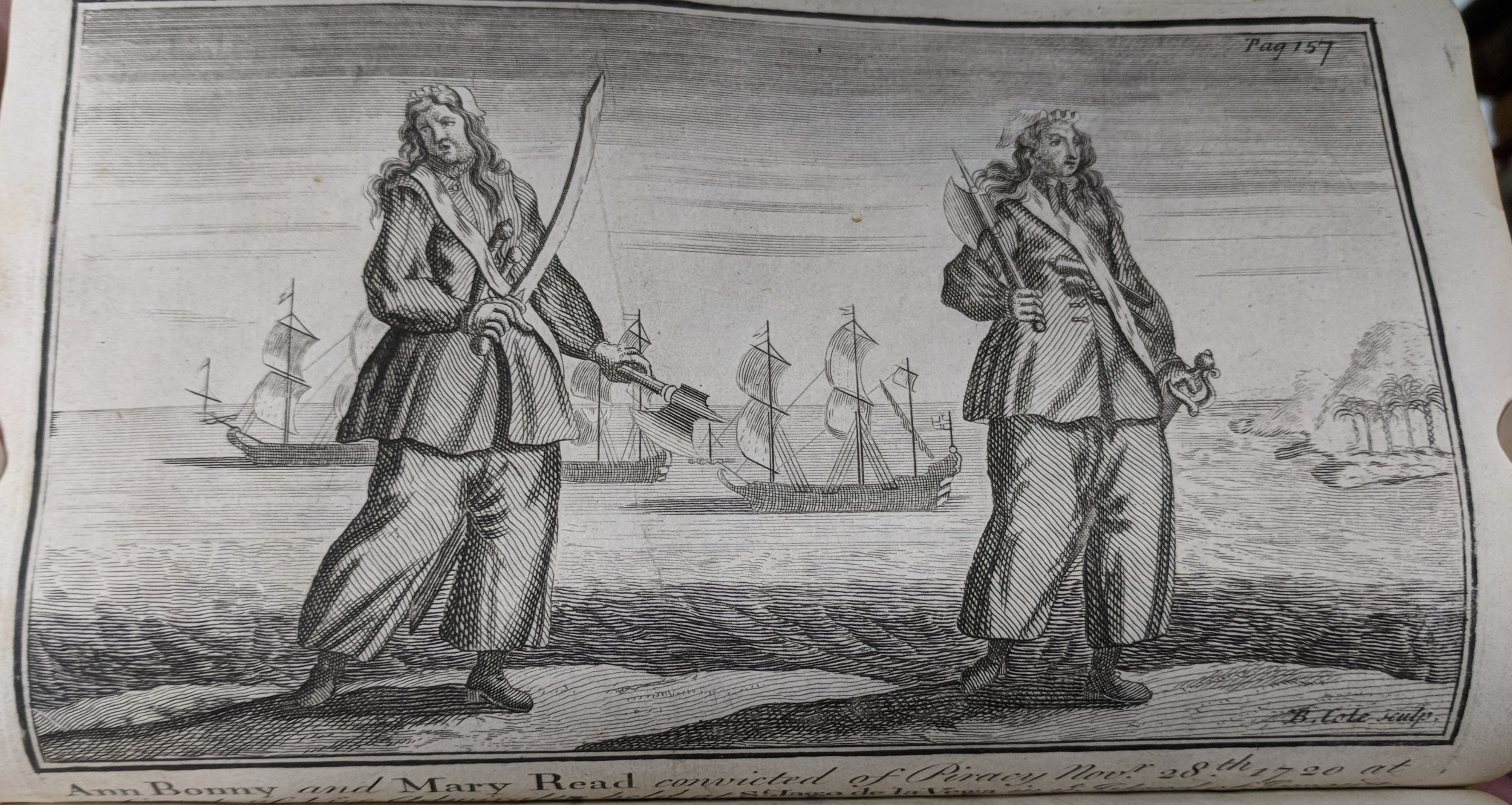
Today is International Women’s Day!
Recently, I learned the stories of a few amazing women in maritime history and I thought today would be a perfect day to introduce them to you.
The first two ladies are two of the most violent, bloodthirsty females the world has even known: Ann Bonny and Mary Read.
Ann was the daughter of a lawyer and his maid. After Ann’s mother died she was forced to run her father’s household and she HATED it. Ann had a violent temper and as a young woman actually murdered one of her father’s servants with a kitchen knife. She also beat a man so savagely he had to spend a week in bed. As far as I can tell, the only thing he did wrong was ask her to marry him! Ann ended up getting married but it was to a penniless sailor. While wandering the Caribbean with him she met up with the pirate Calico Jack Rackham and decided to leave her husband and join Rackham’s crew.
Mary’s life started out equally weird. When her mother became pregnant while her husband was at sea, she decided to pass baby Mary off as her recently deceased baby boy in order to receive support from her husband’s family. Later, Mary’s mother hired her out as a footboy but Mary hated servitude and ran away to become a cabin boy on a British warship. After discovering she had essentially joined the navy to become a servant she deserted and enlisted in the Army in Flanders. When fighting on foot proved to tame for Mary’s tastes, she switched to the cavalry and was quickly recognized for her boldness in battle.
Interestingly, Mary ended up falling in love with a fellow cavalryman and married him (after revealing that she was actually a woman, of course). When her husband died, Mary went back to sea only to have her ship captured by English pirates. Intrigued, she joined their crew. Eventually, she joined the crew of Calico Jack Rackham and met up with Ann Bonny. The two became fast friends and fought shoulder to shoulder in many ferocious raiding parties. Their skill in cursing and swordsmanship won the respect of the crew.
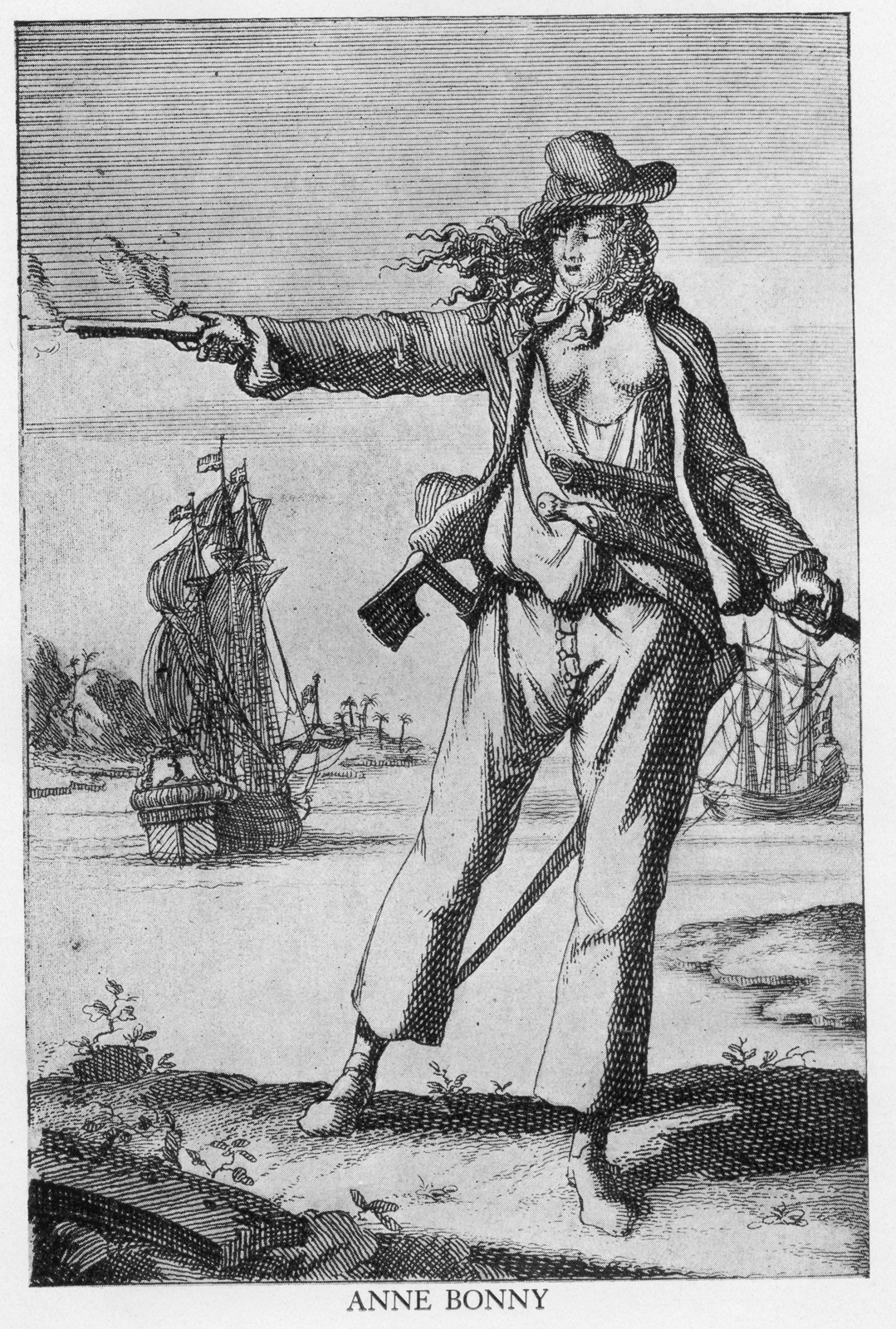
When Rackham’s ship was cornered by the Royal Navy in Jamaica, Rackham and most of the male crew took refuge in the hold while Ann and Mary tried to fight off hordes of British sailors. Mary was so disgusted with the crew’s behavior she actually fired her pistols into the hold killing at least one of pirates and injuring several others. After the ship was captured, a British court in Port Royal was surprised to learn that the two pirates who had put up the staunchest defense were both women. Jack and the rest of the crew were convicted (Mary and Ann received a temporary reprieve because they both were pregnant) and as they were being escorted to the gallows Ann’s last tender words to her lover were “if you had fought like a man, you wouldn’t be hang’d like a dog.” Let’s hear it for women telling it like it is!!!!
The next kick ass lady I learned about was one of the most famous lighthouse keepers in the United States–Ida Lewis. Lewis began helping her parents tend the Lime Rock Lighthouse in Newport Harbor in 1857 when she was just 15 years old. Living on a rock in the middle of Newport harbor meant Ida developed some mad seamanship skills after rowing a mile and a half to town– every…single…day. An expert boat handler, it was said that Ida could “row a boat faster than any man in Newport.”
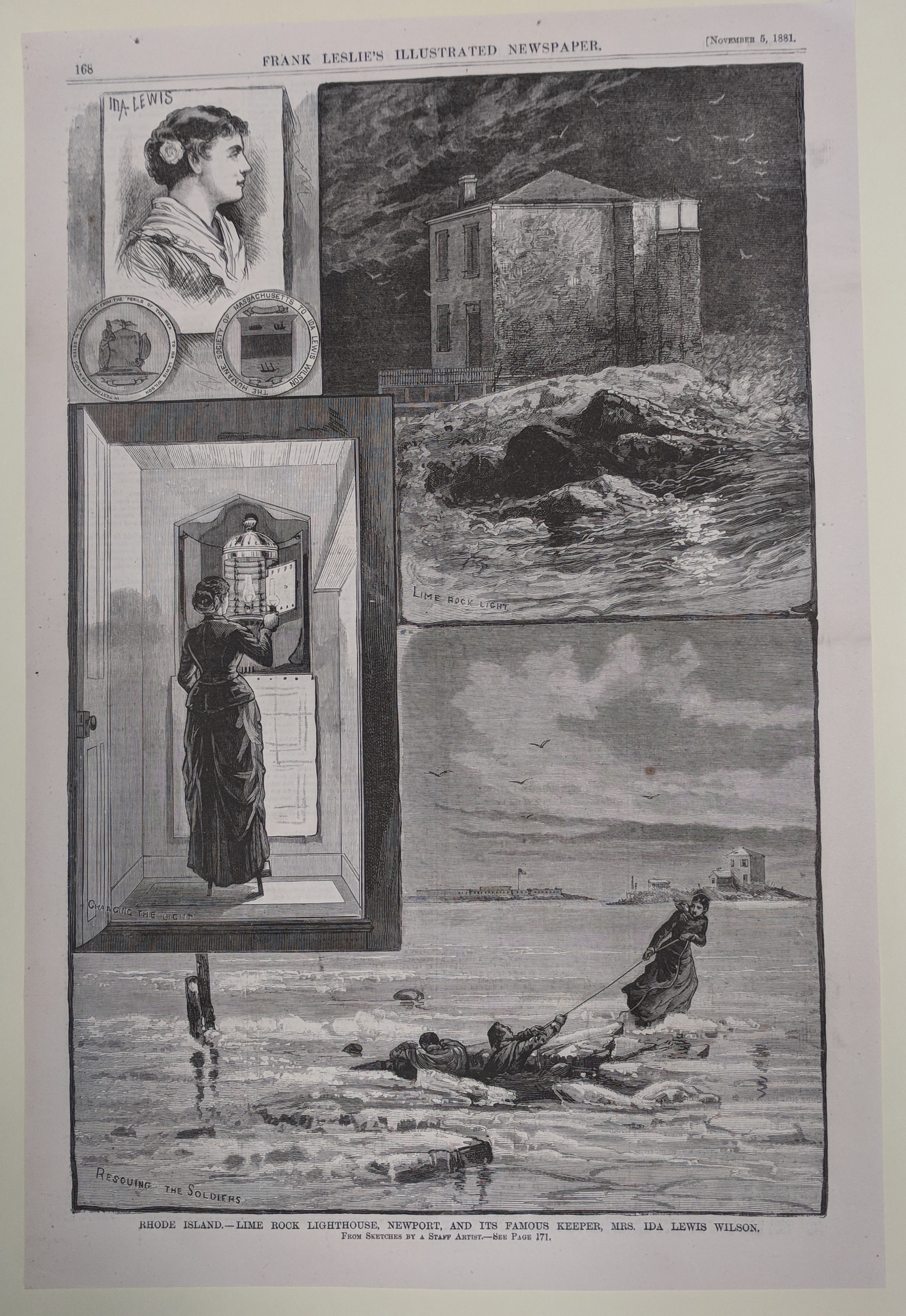
Ida Lewis was also uncommonly brave and regularly put her own life in danger to rescue others. She made her first rescue when just 16 years old. During her 54 years of running the lighthouse she was credited with saving a minimum of 18 lives but its believed she saved as many as 25. She made her last rescue at the age of 63.
My favorite rescue occurred in January 1867 when a valuable sheep jumped off a wharf and was swept out of the harbor by the tide and a strong southeast gale. When the three men responsible for the sheep attempted to rescue it and had their boat was overturned by a huge wave Ida immediately went to the rescue. Not only did she rescue the three men, she rowed back out into the gale a second time and rescued the sheep.
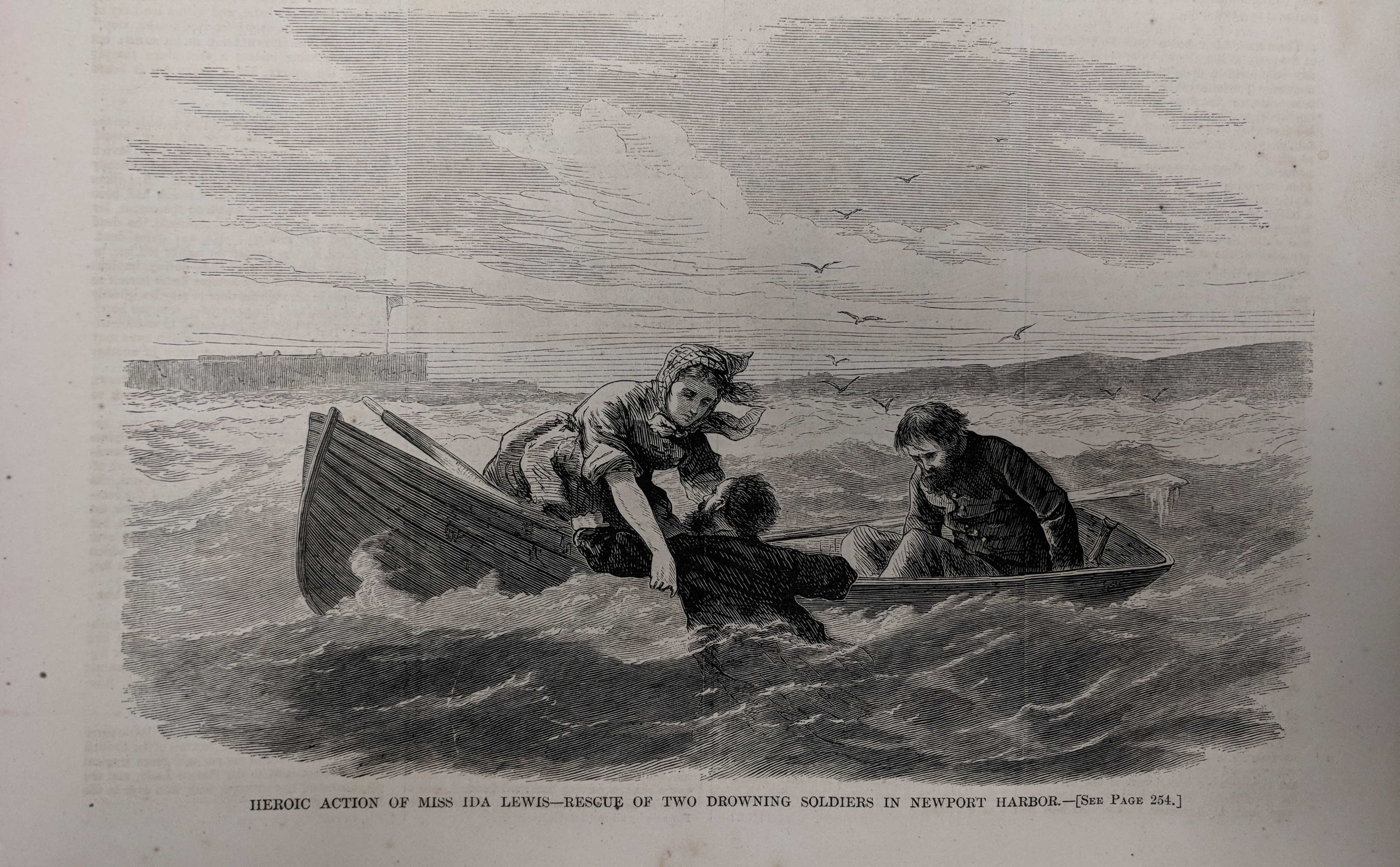
At one point Ida was the highest-paid lighthouse keeper in the United States. She was also the most decorated lighthouse keeper in history. She was the first woman to receive the Congressional Gold Lifesaving Medal and the only woman to receive the prestigious Grand Cross Medal of the American Cross of Honor Society.
At this point, we move up into the 20th century to Captain Dorothy Stratton, the first woman accepted into the United States Coast Guard and the first woman to reach a senior officer position. Captain Stratton was the woman responsible for starting the Coast Guard’s SPAR program.
While the men of the Coast Guard assumed women’s roles would be limited to typing or telephone switchboard operators, Stratton, with an obviously more realistic understanding of women’s abilities, had a broader vision of the jobs women could perform. Overseeing the Coast Guard’s policies for procurement, training, utilization, and morale, she directed the efforts of 10,000 enlisted women and 1,000 commissioned officers and proved that women could perform the same services as the men. By the end of the war women weren’t just secretaries, they held 43 ratings for everything from boatswain’s mate to yeoman.
The last lady I’d like to mention, and the only one with a local connection (although I am sure there are a ton of other amazing local women out there) is Lydia Gould Weld. She was one of the first women to earn an engineering degree from any college in the United States. Lydia had been accepted at Bryn Mawr but was told she had to take extra English classes before being admitted. Undaunted, Lydia went to MIT instead. Her mother was upset about Lydia’s decision, but a professor told her not to worry that the strenuous workload would make her quit. Obviously he didn’t know Lydia very well!
Besides her engineering coursework, Lydia took classes on blacksmithing and locomotive design. She was the first woman to graduate from MIT (1903) with a degree in Naval Architecture and Marine Engineering and became a member of the American Society of Mechanical Engineers the same year.
In 1903 Weld became a draftsman in Newport News Shipbuilding and Dry Dock Company’s engineering division. She was put in charge of the tracing department where her duties involved creating finished plans of all the machinery installed on naval ships. This meant that Lydia had to create exact tracings and careful inspections of the systems installed on the ships. The job sent Lydia scrambling up and down ladders while holding a candle in an ankle length skirt in order to survey the equipment she need to draw. She worked at NNSBD until 1917 when a chronic bronchial condition forced her to resign. Later she was recruited by Moore’s Dry Dock Company in Oakland, California as their senior draftsman (the firm’s only engineer).
Before you say it, yes, I have only included five women in this post when literally there are thousands of women out there I could included, but I have to say it’s really hard to choose and I am definitely not an expert in women’s history. So, if you know some really astounding stories of women in maritime history I would love to hear them!Before you say it, yes, I have only included five women in this post when literally there are thousands of women out there I could included, but I have to say it’s really hard to choose and I am definitely not an expert in women’s history. So, if you know some really astounding stories of women in maritime history I would love to hear them!
